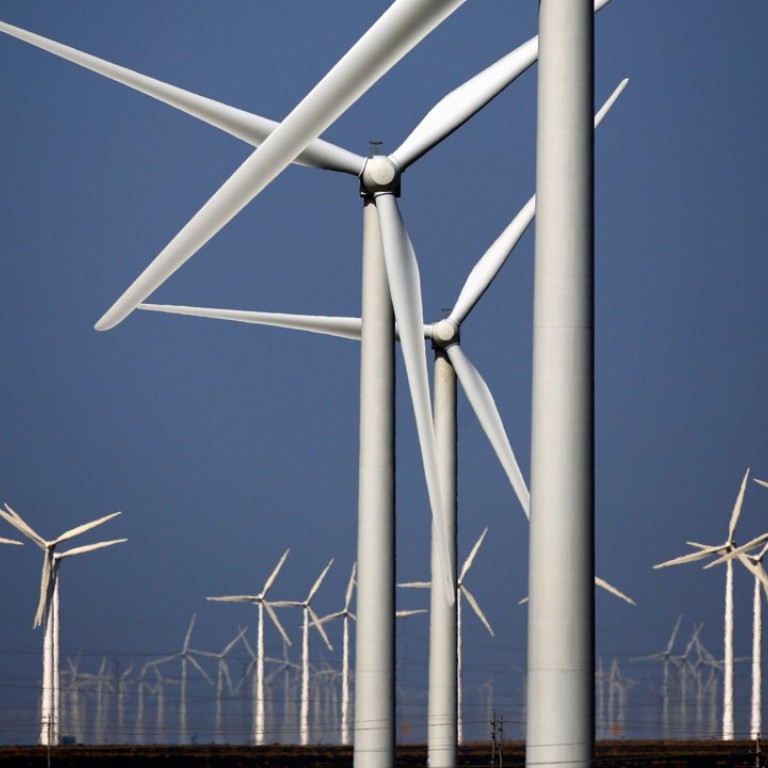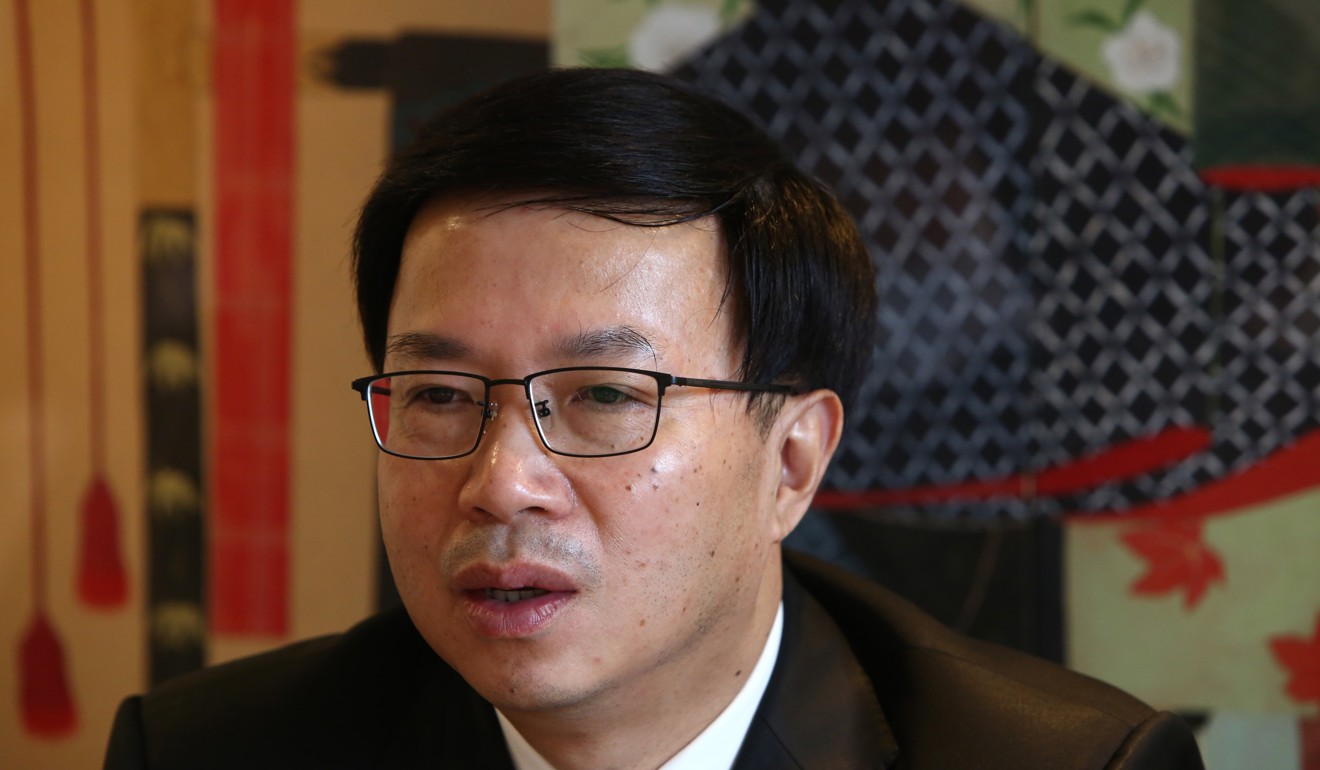
Huadian Fuxin Energy eyes projects in Southeast Asia
State-backed Huadian Fuxin Energy Corporation, still weary of its near-miss acquisition experience in Britain due to the surprise Brexit vote result two years ago, is seeking out opportunities closer to home in Southeast Asia, according to its chairman.
“We are watching opportunities in nations covered by China’s belt and road initiatives, especially Southeast Asia,” said Huang Shaoxiong, chairman of Huadian Fuxin Energy, the clean energy unit of China Huadian Group. “We don’t have any specific target.”
He was referring to the more than 60 nations where Beijing is fostering closer economic partnerships through infrastructure investments. These investments help the host nations speed up economic development while letting China export its capital, engineering and project management expertise.
In 2014, Fuxin bought a 28 mega-watt wind farm in Spain from Gamesa, now part of the world’s largest wind turbine maker Siemens Gamesa Renewable Energy.
The 28MW project generated 21.2 million yuan (US$3 million) of revenue in the first half of the year, 0.6 per cent of Fuxin’s total wind revenue.

“Its acquisition price worked out to be around 9.3 million yuan per MW which was quite favourable, and we made a return on equity in excess of 10 per cent,” said vice-president Sun Tao.
Huang said he would not rule out the possibility of bigger expansions in Europe.
However, Sun said growth must be balanced against risks, citing a £800 million (US$1.036 billion) acquisition attempt in 2016 which fell apart close to signing. The deal involved a proposal to buy 400MW of offshore wind farms and 300MW of natural gas-fired power plants in the UK.
“Just when we were very close to sealing the deal, the British voted to exit from the European Union and the pound sank 10 per cent in value,” he recalled.
Asked why the cheaper valuation in yuan was not enough to persuade Fuxin to take the plunge, he said it was held back by the post-vote economic risks, including the impact of a potential disorderly exit on market-based power prices in the UK.
Listed rival China Resources Power Holdings and its state-owned parent China Resources National Corporation last December stuck a deal to buy a 30 per cent in a 402MW offshore wind farm in the UK for £600 million to gain access to Britain, which is the world’s largest offshore wind generation market by capacity.
Zheng Dongshan, the UK chief of China General Nuclear Power Group which already owned more than 300MW of wind farms in the UK, said in June the company will pursue all avenues to expand in the UK, including acquisitions and greenfield project development either in joint ventures or as wholly owned projects.
In August Fuxin late last month posted a 4.5 per cent year-on-year rise in net profit to 1.54 billion yuan for the first half of the year, as higher wind farms profit was offset by lower profit from its hydro plants.
Huang said it plans to add 500MW of wind farms both this year and next. It had 7,303MW of wind capacity at the end of June.
Fuxin’s finance department head Zhu Feng’e said the company will issue up to 2 billion yuan of asset-backed securities backed by its accounts receivables – mainly wind power subsidies owed by the state – before year end, as part of efforts to reduce finance cost.
She also expects the government to settle around 30 per cent of 7.46 billion yuan of subsidies owed to Fuxin by year end. The entire wind power industry is owed around 120 billion yuan of subsidies in arrears.

